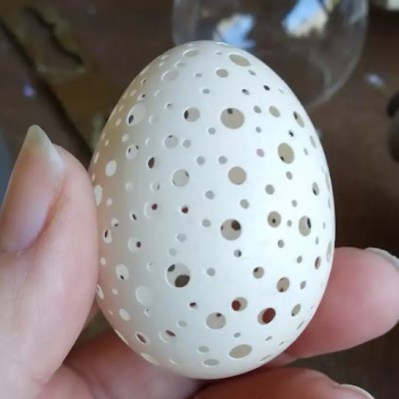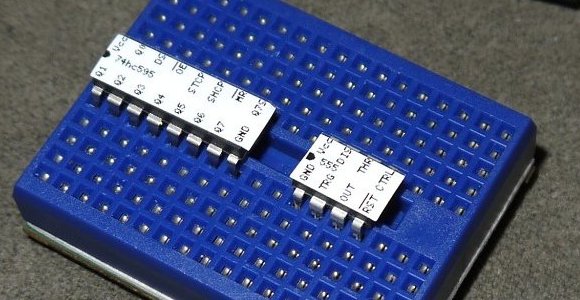Look, if something happened to you every three weeks or so to basically turn you into a different person and factored heavily into whether any new humans were created, you’d probably want to keep abreast of the schedule, yeah? Yeah. So, while there are, of course, a ton of ways to do this with your phone, most of those apps do gross things with your data. Are you angry yet?
 [Jakoba the Online Witch] certainly was, or if not angry, at least annoyed. So she built a glowing egg timer, which shines a different color based on current point in her cycle, to let her know when she is fertile and expecting Aunt Flo.
[Jakoba the Online Witch] certainly was, or if not angry, at least annoyed. So she built a glowing egg timer, which shines a different color based on current point in her cycle, to let her know when she is fertile and expecting Aunt Flo.
The coolest part is that this is an actual egg from one of [Jakoba]’s backyard chickens. No. The coolest part is how she was able to make so many holes without breaking it. (It took four tries.)
After bleaching the insides, the egg was ready to glow. As [Jakoba] says, the guts are simple — just a Wemos D1 Mini ESP8266, a WS2812 LED, and a heatsink. The enclosure consists of an inverted peanut bowl with a glass ornament hot-glued in place.
Once it was put together, all she had to do was add it in Home Assistant and use the current calendar state to trigger services from the YAML configuration.
Would you prefer an on-body solution? Here’s an earring that tracks temperature.













